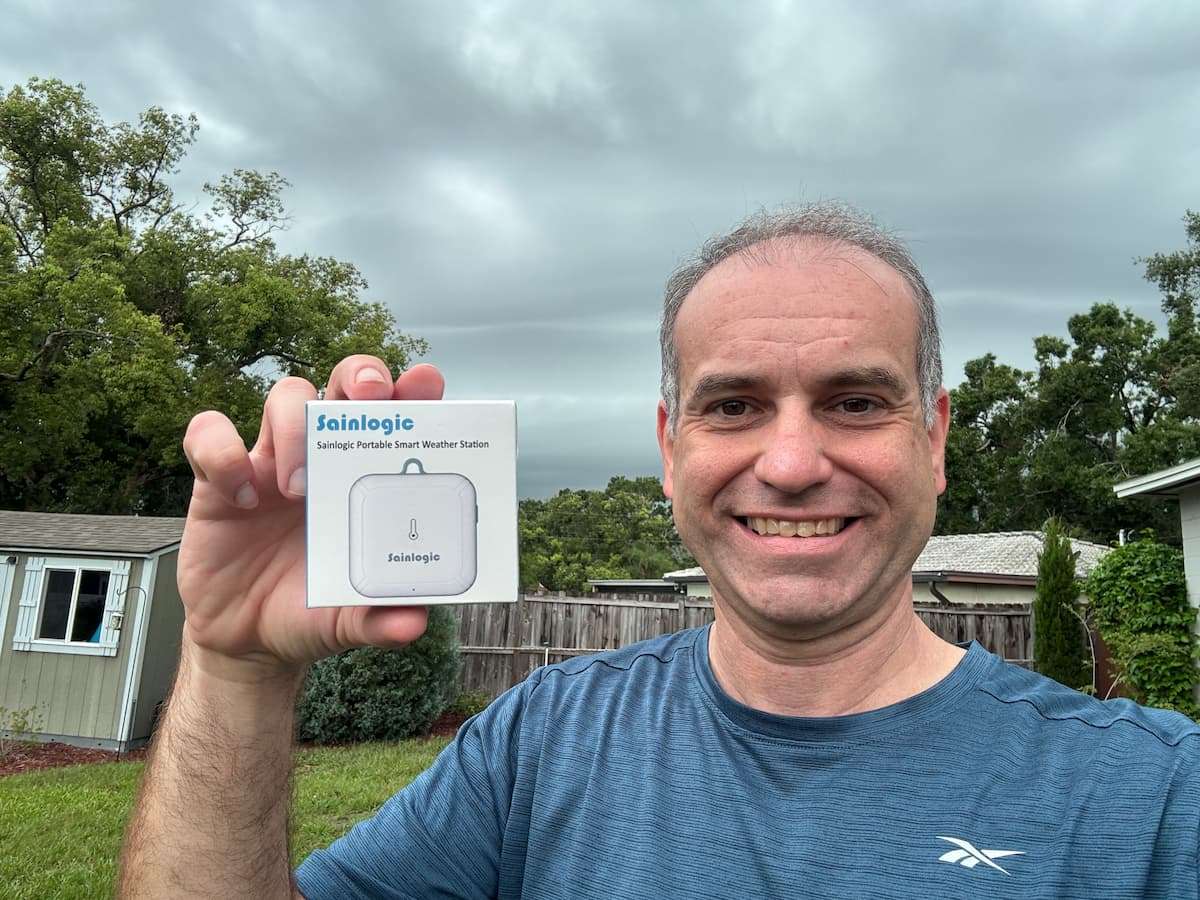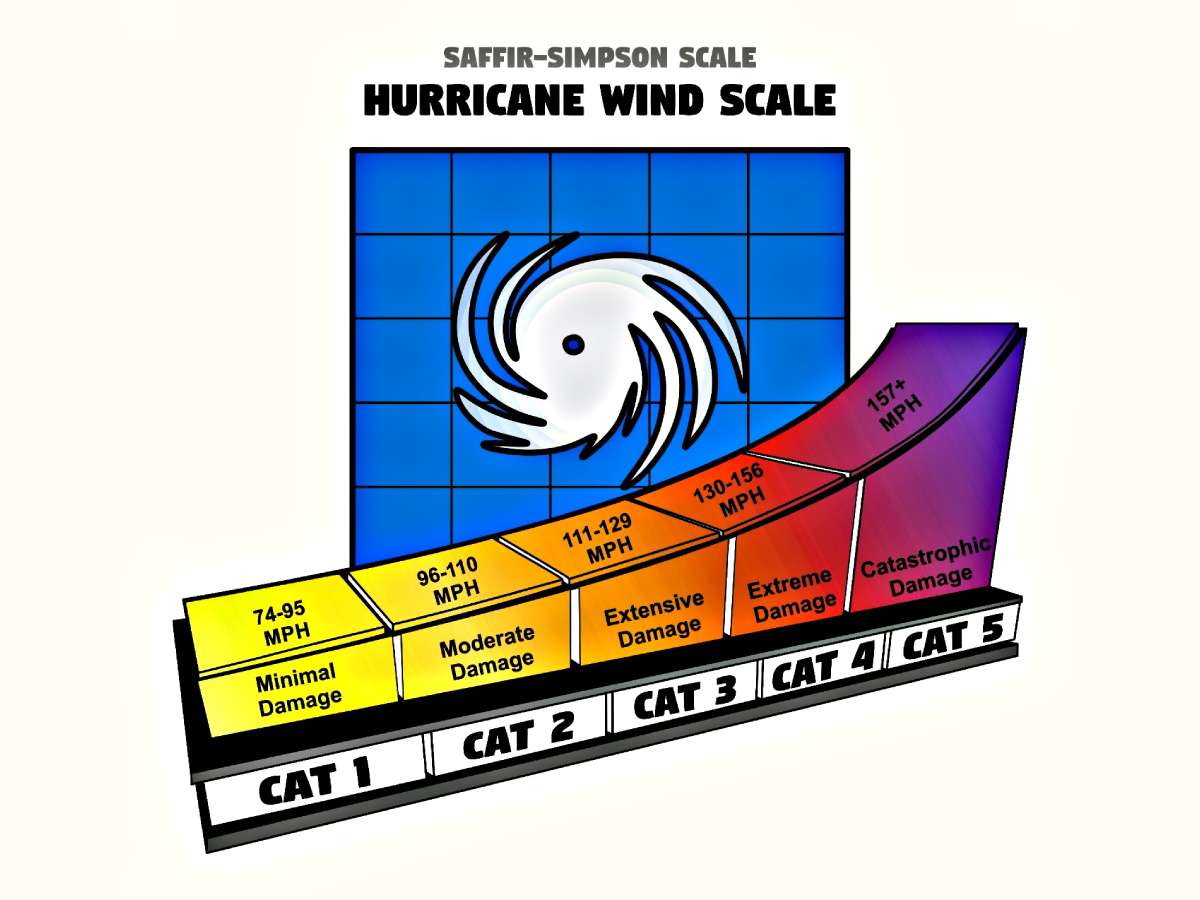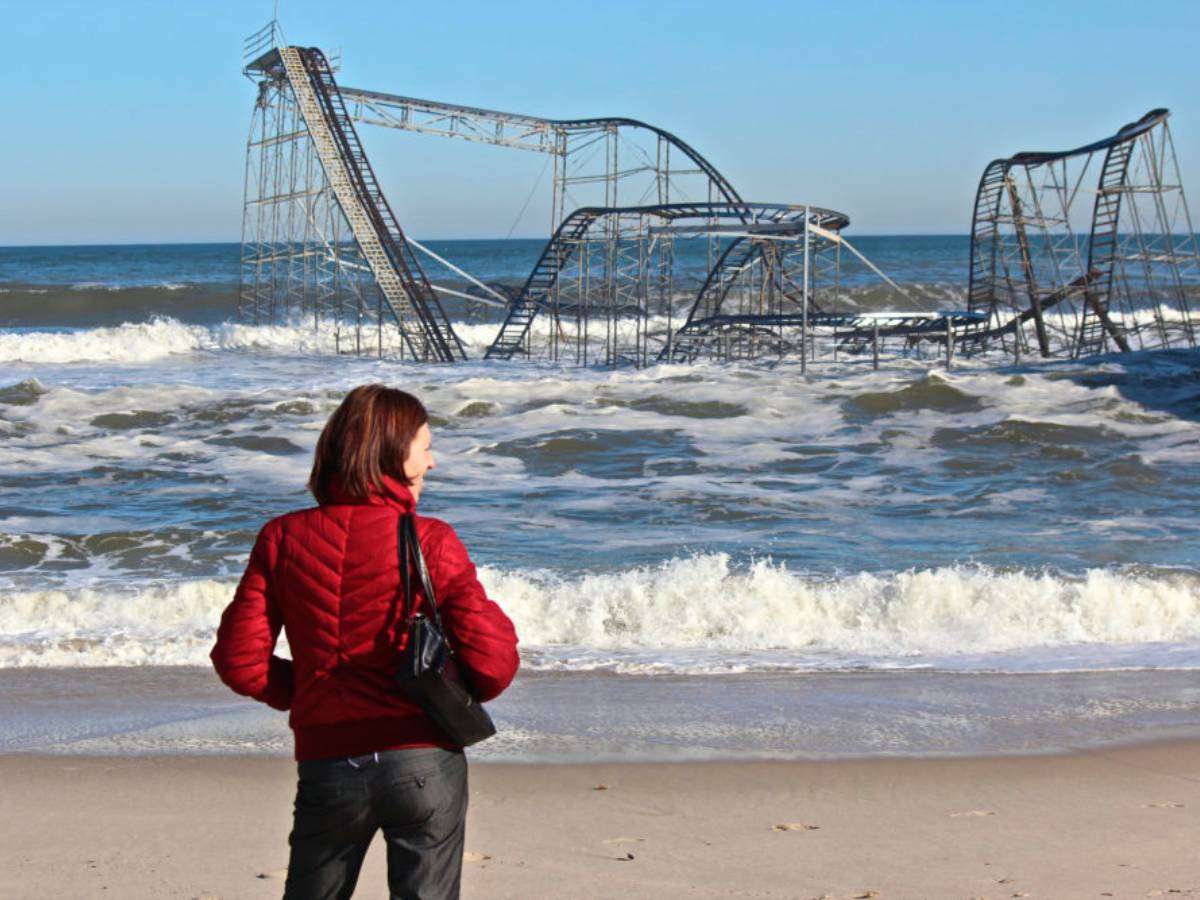
Before Hurricanes Katrina, Rita, Andrew, and Charley, the United States had another major hurricane that stole the headlines, destroyed cities and towns, and claimed the lives of many Americans.
Hurricane Hugo, which made landfall near Charleston, South Carolina as a major hurricane, struck the Southeastern United States on September 22, 1989.
The devastation was widespread. but the U.S. was not the only nation to experience the lashes of Hurricane Hugo.
Hurricane Hugo was a destructive Category 5 hurricane that struck Guadeloupe, Montserrat, St. Croix, Puerto Rico, South Carolina, and North Carolina in September of the 1989 Atlantic hurricane season, killing 109 people and leaving nearly 100,000 homeless. Source
See what the total impact of Hurricane Hugo was after it made landfall…
Hurricane Hugo’s Formation
Like so many tropical waves and disturbances, the group of storms which turned into Hurricane Hugo swept off the African coast.
However, the band of storms quickly grew. On September 11, 1989 the intensifying storm had a name: Tropical Storm Hugo.
On September 13, Tropical Storm Hugo had become Hurricane Hugo, and it was spinning westward across the Atlantic Ocean.
Hurricane Hugo impacted the Caribbean, Virgin Islands, Guadeloupe, Montserrat, and Puerto Rico and then took a solidly northwestern track, directing the storm straight toward South Carolina.
Hurricane Hugo, at one point, reached Category 5 strength. Upon making landfall, the storm was a 138-mph-wind, Category 4 hurricane — stronger than Hurricane Katrina when it reached the New Orleans area 16 years later.
Hurricane Hugo: What It Was Really Like
Hurricane Hugo was a truly devastating storm.
In fact, the storm had, at the time, become the costliest storm in U.S. history, with $7 billion in U.S. damage and destruction. Damage and destruction from other affected regions amounted to an additional $3 billion (the total damage from the storm would cost nearly $20 billion today, when adjusted for inflation).
A storm surge up to 20 feet high was measured around the areas where Hurricane Hugo made landfall in South Carolina. The damage to the environment was extensive, beaches resculpted by the waves and sand being carried and piled dozens of yards away from the beaches.
South Carolina’s then-governor, Carroll Campbell, estimated that the number of trees destroyed in the storm would have yielded enough construction wood to build houses for every family in West Virginia.
The damage done to the environment was massive. But the toll on people and property were something else. The storm was responsible for 109 deaths, with 37 people having perished in the U.S. from Hurricane Hugo and its effects.
While some houses were destroyed, others were actually relocated — carried away and left elsewhere — by winds and waves. Blackouts were extensive. Beachfront properties were literally wiped off the map. For the residents of islands along the coast of South Carolina, the storm meant complete reconstruction. Bridges that connected the barrier islands to the main land were affected by the storm, and one major bridge was actually destroyed.
There Will Never Be Another Hurricane Hugo

No, there will never be another Hurricane Hugo — because the World Meteorlogical Organization (WMO) retired the name Hugo from its list of Atlantic hurricanes.
The WMO retires the name of hurricanes which caused severe destruction and loss of life.
While the U.S. has seen other major, catastrophic storms since Hurricane Hugo, the 1989 storm still is the subject of interest and investigation among meteorologists, other scientists, and those who study and follow weather.




